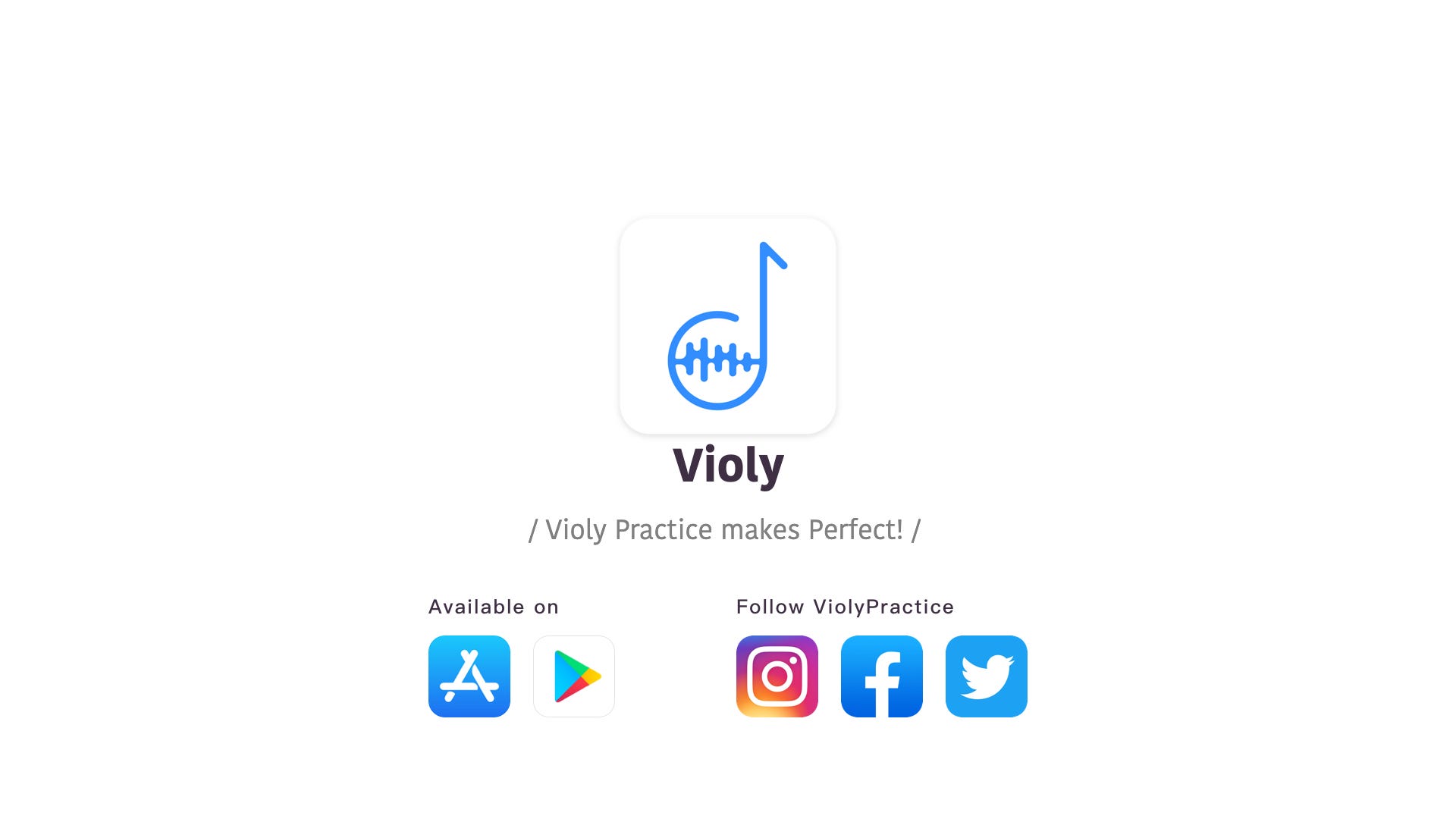Solfeges used in Violin Lessons
According to a brief survey we made among some violinists and violin teachers, two solfeges, fixed Do and movable Do, are both widely used when they used the violin tuner or play the instrument with violin app. In this article, we’re going to discuss the basic principles of solfege, the difference between the two solfeges, and the advantages and disadvantages of each one.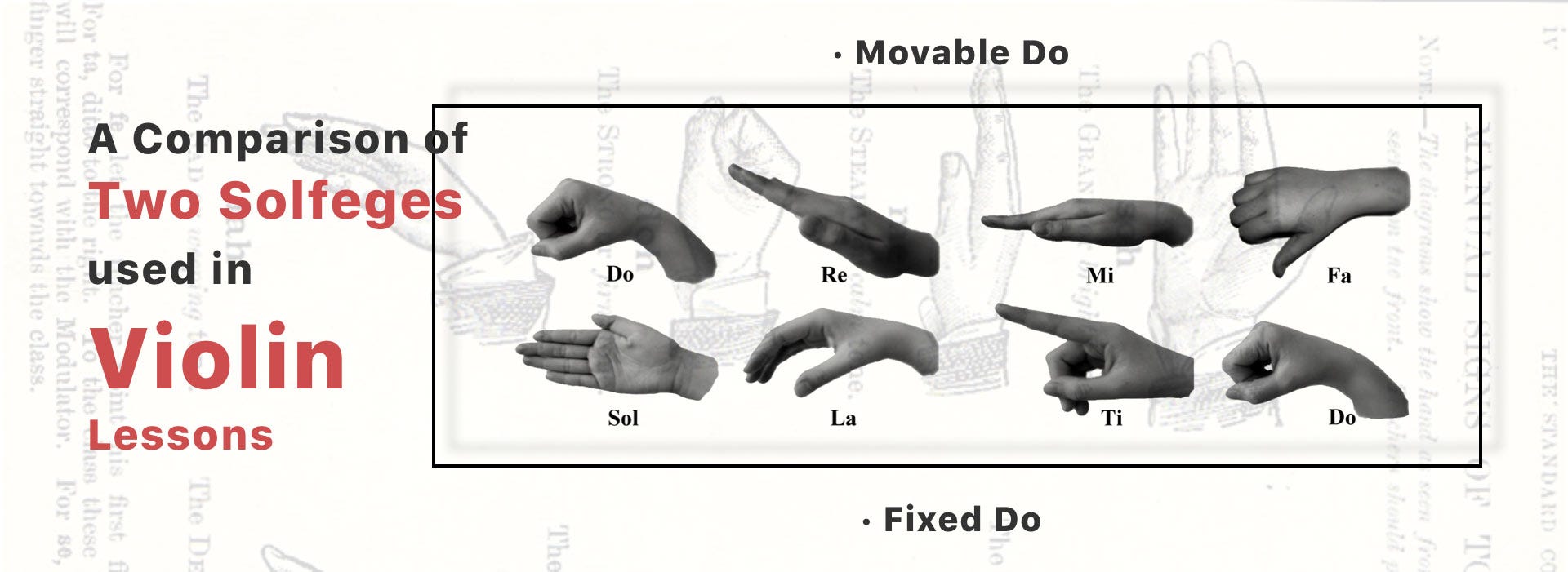
The Basic Principles of Solfege used in Violin Lessons
The word solfege is derived from the names of two of the syllables used Sol and Fa. Solfege, solfeggio or sulfa is a music education method used to teach pitch and sight singing with syllables Do, Re, Mi, Fa, Sol, La, Ti, Do in western music. There are two current schools of applying solfege: the first is fixed Do, where the syllables are always tied to specific pitches. Do is always C natural, for example.

And then movable Do, where the syllables are assigned to scale degrees. Do is always the first degree of the major scale.
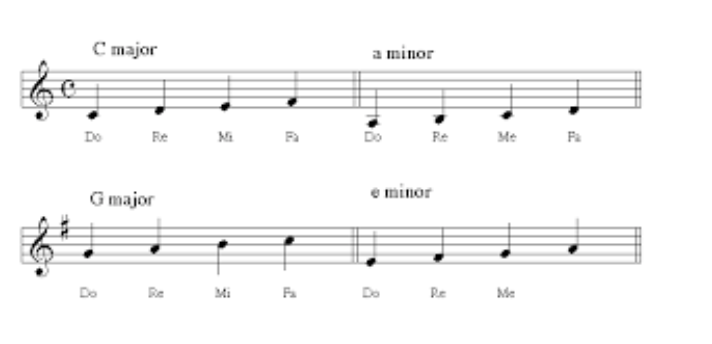
The Difference between Fixed Do and Movable Do used by Violin Students and Violin Teachers
Here is the difference between the two solfeges: In fixed Do, we have a fixed set of pitches that always stay the same. Do is always C natural and then move on from there. Do, Re, Mi, Fa, Sol, La, Si, Do are simply C, D, E, F, G, A, B, C. These are note naming. When you have flats or sharps, you don’t need to change anything. Moveable Do is different that it moves depending on what key you are in. It is entirely different although it uses the syllables. Actually it is naming notes based upon the pitch relationship so that Do is the tonic of the major. It means that if you are in the key of C, Do is C; if you are in the key of D, Do is D.
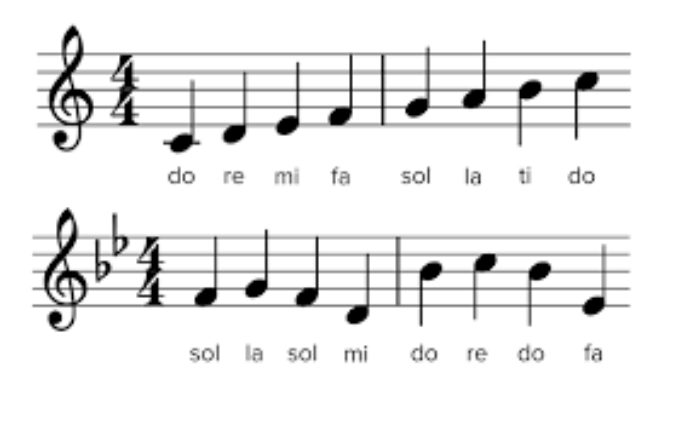
Movable Do tends to be for violin beginners through intermediates. But that is not to say that people who are advanced don’t use movable Do. However, fixed Do is far superior when it comes to the use of chromaticism and more complex music. Another way of looking at this is that fixed Do is for learning perfect pitch whereas movable Do is for learning relative pitch.
The Advantages and Disadvantages of Both Solfeges When Using Violin App
Fixed Do is incredibly important in certain contexts. If you are a conductor who have to face a variety of instruments, it is unlikely to figure out what key each instrument is in exactly. For instance, you have violins in F or E flat, and you’ve got cellos in B flat and other instruments in some other key. At this moment, note naming is very important. Or if you are just not that familiar with the transposition of keys and find it difficult to change the note naming each time, it may be better to use fixed Do.
A moveable Do is a tool for hearing music. For a young violin beginner, it is automatic for him or her to recognize that any music he or she hears automatically goes into the syllables. Then he or she may naturally hear music. Since some people don’t have perfect pitch, they often need a reference pitch. For the instruments they are not familiar with, they have no idea what pitches they are hearing. The absolute pitch is yet they assume a key and use the syllables in their head. So this is the benefit and it’s a tremendous benefit for hearing music. This can break down, however, with atonal music because syllables become kind of meaningless when there is no tone center. The whole idea of moveable Do solfege is having a tonic that is the starting note of your scale and all the pitch relationships.
It is hard to say which one is better used in violin lessons
The great thing about fixed Do solfege is to be able to know to look at a score. If you’ve ever seen a great conductor just realize the score at the piano, it is awe-inspiring. Imagine taking a page that is covered from top to bottom with staffs and being able to flesh out by reading all these parts, there are all these different keys and transpositions and clefs. It takes brilliance to be able to digest a score and that’s where fixed Do Solfege is really important.
If you want to be able to hear music and develop the ability to read music at site, the syllables are incredibly valuable because once you learn your pitch relationships in one key, it’s exactly the same in all the other keys. So if you know your key signatures intimately, transposition is a breeze because you put something in two syllables and you couldn’t just put it into any key you want. That’s how transposition works. Movable Do solfege is great for transposition. It is great for dictation being able to write out music you hear.
As a violin teacher, you can just teach your students both solfeges and just choose one you use frequently. Either one works for better performing with violin app.
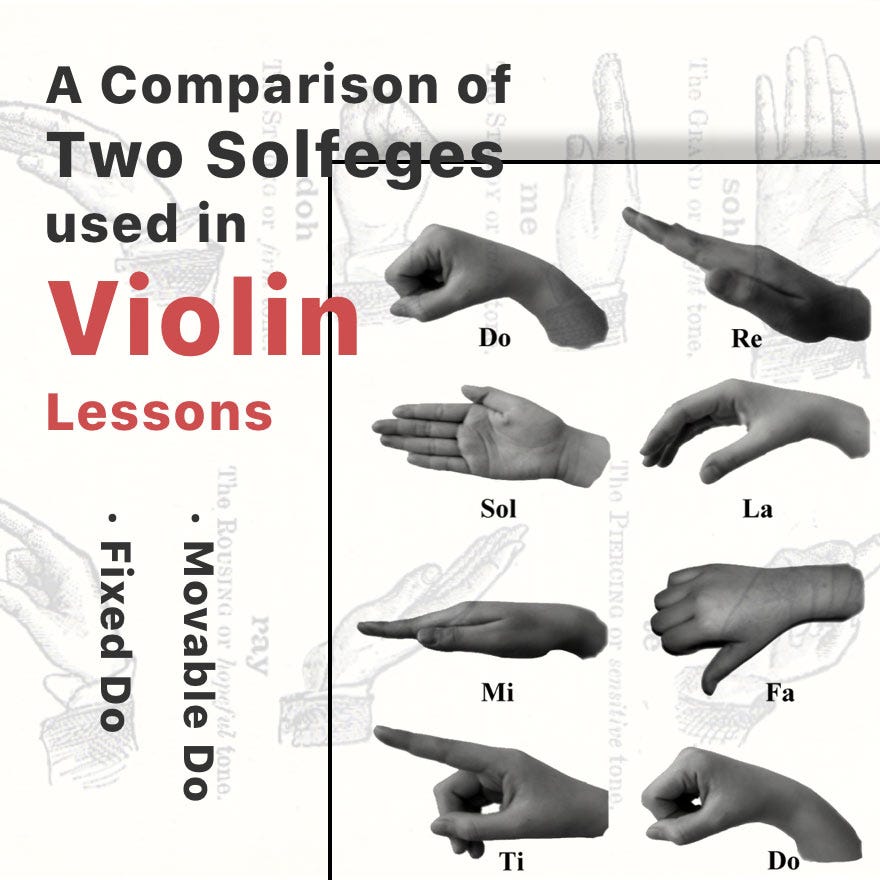
Have a HAPPY practice!!
More Violin Articles:
Teaching Violin Students to Read Key Signatures
Also, don’t forget to check out New Violin Repertoires on Violy!
Visit Violy.app for more~
Questions? Contact us at Support@Violy.app
Stay tuned, Violy musicians, let’s bring the music fashion of violin back~
#ViolyPractice makes Perfect!!
Follow us on: Violy.app
